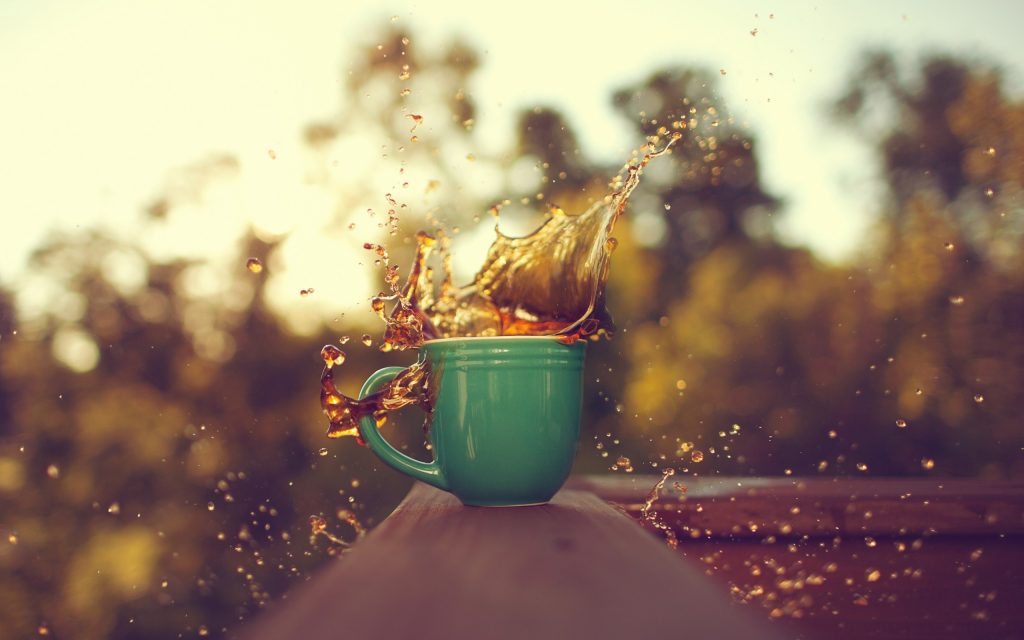
Crush, tear, curl (sometimes cut, tear, curl) is a method of processing black tea in which the leaves are passed through a series of cylindrical rollers with hundreds of sharp teeth that crush, tear, and curl the tea into small, hard pellets. This replaces the final stage of orthodox tea manufacture, in which the leaves are rolled into strips. Tea produced using this method is generally called CTC tea or mamri tea.
CTC was invented by Sir William McKercher during 1930-1931, and the process spread in the 1950s through the 1970s, most rapidly in India and Africa. McKercher was the superintendent of the Amgoorie Tea Estate in Assam, India.
Today, most black teas produced use the CTC method or the closely related rotovane orthodox manufacture. CTC and rotovane orthodox have a finished product that is well suited for tea bags, as the product quickly gives a dark brew.
For many large tea producers, 80% to 90% of the factory’s production is of small, broken, primary grades suitable for tea bag blends; the remaining 10% to 20% are secondary grades which trade at a discount to the primary grades. The convenience, low price, strong liquor, generic flavor, and mild bitterness all have contributed to the near-monopoly that CTC-type teas now enjoy in South Asia.
In the Indian domestic market, this type of manufacture is by far the most popular – over 80% of tea production is of the CTC type. In the export market, particularly in the C.I.S., the Middle East, United Kingdom and Ireland, CTC teas continue to be the most highly in demand.
CTC teas generally produce a rich red-brown color when they are boiled by the Indian method. The drawback of the CTC method is that it tends by its nature, and unfortunately by adulteration, to homogenize all black tea flavors. In the process of crushing, tearing and pelletizing the tea leaves, pressures and stresses occur which break down the cells, releasing large amounts of the phytins that normally oxidize to produce black tea’s mahogany color. Since, regardless of origin, CTC teas in their dry form are generically “tea-like” in aroma, and of similar pelletized appearance, it is easy to adulterate a more expensive CTC-type tea with inexpensive and generally mild lowland teas of the same process. Whole and broken leaf teas by contrast are quite varied in appearance, making adulteration more difficult.

 English
English





